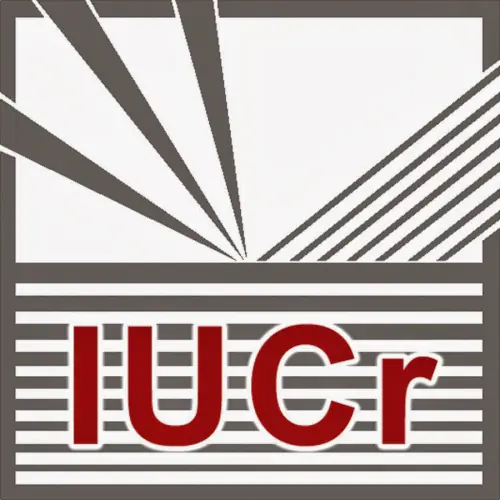
1-(5-Bromo-4-phenyl-1,3-thiazol-2-yl)pyrrolidin-2-one
The asymmetric unit of the title compound, C13H11BrN2OS, consists of two crystallographically independent molecules (A and B). In each molecule, the pyrrolidine ring adopts an envelope conformation with a methylene C atom as the flap atom. In molecule A, the central thiazole ring makes a dihedral angle of 36.69 (11)° with the adjacent phenyl ring, whereas the corresponding angle is 36.85 (12)° in molecule B. The pyrrolidine ring is slightly twisted from the thiazole ring, with C—N—C—N torsion angles of 4.8 (3) and 3.0 (4)° in molecules A and B, respectively. In the crystal, C—H...π and π–π [centroid-to-centroid distance = 3.7539 (14) Å] interactions are observed. The crystal studied was a pseudo-merohedral twin with twin law (-100 0-10 101) and a refined component ratio of 0.7188 (5):0.2812 (5).
Топ-30
Журналы
|
1
|
|
|
Acta Crystallographica Section E Structure Reports Online
1 публикация, 33.33%
|
|
|
Zeitschrift fur Kristallographie - New Crystal Structures
1 публикация, 33.33%
|
|
|
Acta Crystallographica Section E: Crystallographic Communications
1 публикация, 33.33%
|
|
|
1
|
Издатели
|
1
2
|
|
|
International Union of Crystallography (IUCr)
2 публикации, 66.67%
|
|
|
Walter de Gruyter
1 публикация, 33.33%
|
|
|
1
2
|
- Мы не учитываем публикации, у которых нет DOI.
- Статистика публикаций обновляется еженедельно.




